Collection
Country
Type
85 results
Legacies on Display: Slavery in Museums
Museums are exciting places to see the usable past in action. They bring together objects, people and places to provide interpretation and facilitate discussions on a range of topics, from history to human rights. There is a global tradition of museums representing slavery beginning in the early twentieth century. These museums range from small, local community museums in the UK, that focus on individual abolitionist leaders, to redeveloped slave forts on the West African coast and large national institutions in North America. As well as providing visitors with information about slavery, both historic and modern, museums can also provide evidence as to how societies are thinking about these issues.
This collection showcases museums across the world that house permanent exhibitions relating to slavery and abolition.
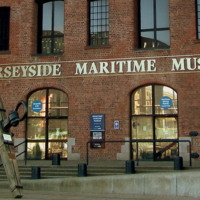
International Slavery Museum
The International Slavery Museum (ISM) is the first museum in the world to focus specifically on slavery, both historical and modern. Managed by National Musuems Liverpool, it opened to great acclaim in 2007 and has since welcomed over 3.5million visitors. Through its displays and wide-ranging…

Museum of London Docklands
The Museum of London Docklands houses the Port and River collections of the Museum of London. The aim of these museums is to showcase the growth and development of London, from the Roman era through to the present day. In a period of expansion for the Museum of London, the Museum of London Docklands…
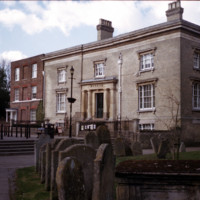
Wisbech and Fenland Museum
The Wisbech and Fenland Museum is one of the oldest, purpose-built museums in Britain. With its origins dating back to 1835, visitors are welcomed into a real ‘treasure house,' with collections housed in original nineteenth century cases. The museum is free to enter and focusses on local history,…
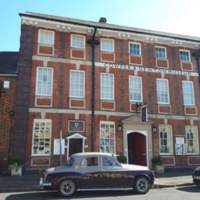
Cowper & Newton Museum
The Cowper & Newton Museum is a very small, local museum managed by a charitable trust and staffed predominantly by volunteers. The museum is situated in Orchard House, the home of poet and author William Cowper between 1768 to 1786. Since it opened in 1900, the museum has focussed on telling the…
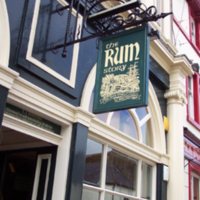
The Rum Story: The Dark Spirit of Whitehaven
‘Rum Story: The Dark Spirit of Whitehaven’ is a museum housed inside the former warehouse, office and shop of the Jefferson’s Rum Company in Cumbria. During the eighteenth and early nineteenth century Jefferson's would have been in receipt of slave-grown produce from the Caribbean, which would…
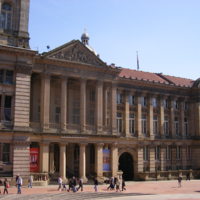
Birmingham Museum and Art Gallery
Birmingham Museum and Art Gallery has over forty display galleries that explore the development of Birmingham as a city, through its diverse communities. Since opening in 1885, the museum has built a vast collection of social history, art, archaeology and ethnographic items. It is one of nine sites…
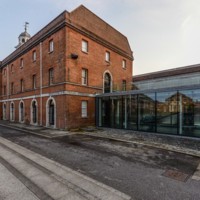
National Museum of the Royal Navy
The National Museum of the Royal Navy is located in Portsmouth’s Historic Dockyard. Its aim is, ‘to make accessible to all the story of the Royal Navy and its people from earliest times to the present.’ The museum, housed in a former naval storehouse, receives almost one million visitors per…
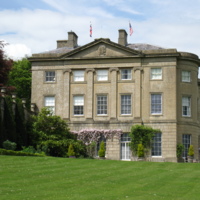
American Museum & Gardens
The American Museum in Britain is housed in a manor house, built in 1820 by English architect Sir Jeffry Wyatville. It is the only museum of Americana outside the USA and was founded to 'bring American history and cultures to the people of Britain and Europe'. It uses a rich collection of folk and…
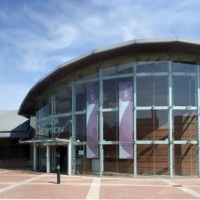
Wedgwood Museum
The Wedgwood company's founder, Josiah Wedgwood I, had the initial idea for preserving and curating a historical collection in 1774. A public museum dedicated to this purpose first opened in 1906, and moved to its present site in 2008. In 2009 the museum won the Art Fund Prize for Museums and…
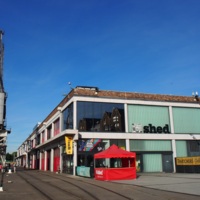
M Shed
M Shed opened in 2011 and is housed in a warehouse on Bristol’s dockside, a clear and tangible link to the history it interprets. The free-to-enter museum focuses on social history, exploring the development of Bristol as a city through people, places and daily life. It is a popular site,…
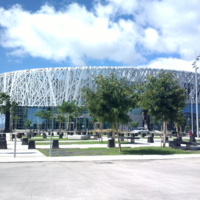
Memorial ACTe
On the former site of a sugar factory, Guadelopue's Memorial ACTe stands as a cultural institution that aims to preserve the memory of those who suffered during slavery, as well as to act as a space for discussion on the continuing repercussions. Part of UNESCO's Slave Route project, its main focus…
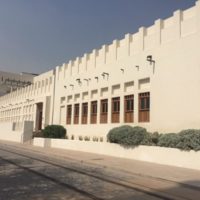
Bin Jelmood House
In the heart of downtown Doha, Bin Jelmood House forms one quarter of a new museum development, opened in 2015. The museum is located in a historic house in the Heritage Quarter of Msheireb Properties large development and forms an integral part of the city's regeneration project. It is the first…
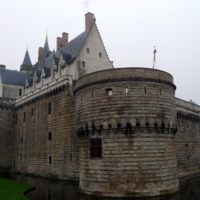
Musée d’histoire de Nantes
Musée d’histoire de Nantes (Nantes History Museum) was originally the residence of the Dukes of Brittany and the castle was restored in the 1990s. It opened to the public as a museum in February 2007. The museum is not wholly dedicated to looking at slavery, but explores the history of the castle…
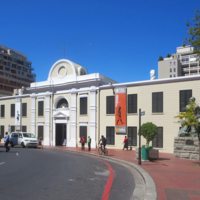
Slave Lodge
The Slave Lodge building was first constructed in 1679 by the VOC as housing for the people they enslaved. It was modified over time, and post-British settlement of the Cape was transformed into government offices. After passing through various stages of administrative use – most notably as the…
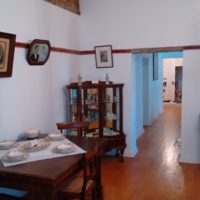
Pniel Museum
Pniel Museum is a small community-run museum which opened in 2013 in the village of Pniel, close to Stellenbosch. It has its roots in a long-running project, dating back to the unveiling of the Freedom Monument on the werf area of the former Papier Moelen manor house (which now houses the museum) in…
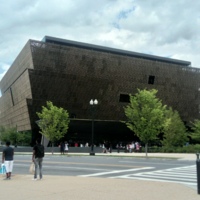
National Museum of African American History and Culture
The National Museum of African American History and Culture opened in September 2016, after more than a century of development. Designed to "tell the American story through the lens of African American history and culture," it forms the only national museum in the USA that is exclusively devoted to…
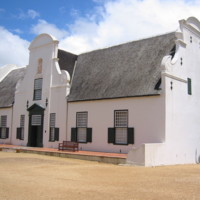
Groot Constantia
Founded in 1685, Groot Constantia is South Africa’s oldest wine estate. Like the majority of wine estates of a similar vintage in the Cape Town area, its labour force prior to emancipation in 1834 rested on enslavement. Following a vine disease outbreak in the late nineteenth century, the estate…
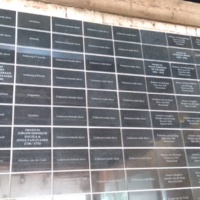
Solms Delta
Solms Delta is a wine estate, situated east of Cape Town in the heart of the Cape Winelands. It was founded as Zandvleit in 1690, with the name change coming in 2002 after purchase by University of Cape Town-based neurosurgeon Mark Solms who wished to distinguish it from other farms with the same…
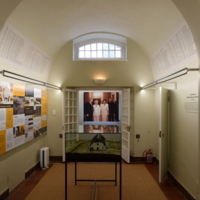
Vergelegen
Vergelegen is a wine estate, founded in 1700 and presently owned by Anglo-American subsidy AmFarms. As with the majority of South African wine farms of such a vintage, its early labour force rested on enslavement. Historical interpretation on the estate can be traced to an archaeological dig…
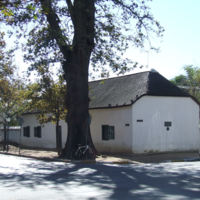
Stellenbosch Village Museum
Stellenbosch Village Museum is one of 28 museums affiliated with the Western Cape Provincial Government’s Museum Service. The Village Museum consists of four period houses dating from the early eighteenth century to the Victorian era. It opened during the 1970s as part of what was then a larger…